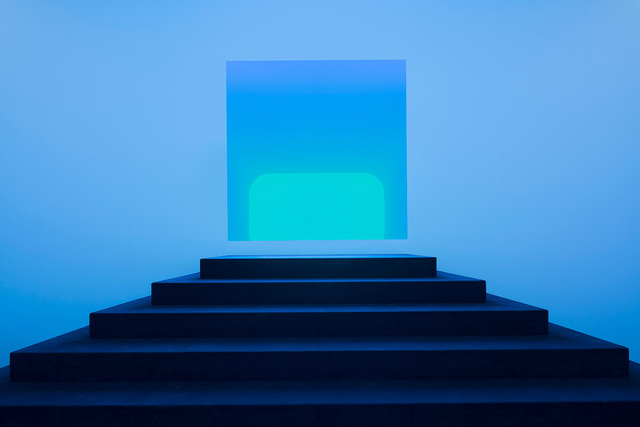Special Topics in the Humanities: Spaces of Display: In and Beyond the White Cube

The “white cube” is the paradigmatic modern and contemporary exhibition space. As defined by the artist and critic Brian O’Doherty, the white cube is a space that is “unshadowed, white, clean, artificial.” Like a sacred space, to which it bears an explicit resemblance, it confers an eternal, spiritual value on the artworks displayed within it. There is nothing neutral, however, about the minimalist galleries in which modern and contemporary art is shown. These spaces do not simply contain art. They produce it.
How do spaces of display inform the production and reception of art? In this course, we will grapple with this question as pertains specifically to art from the 20th and 21st Centuries. In the first half of the course, we will look at the history of the white cube as both an architectural and art historical construct. In the second half of the course, we will turn our attention to the mutual inextricability of contemporary art and the spaces of its display, looking at such art movements as minimalism, conceptual art, land art, light and space art, institutional critique, and video art. Throughout the semester, we will draw on a diverse range of theoretical models—from fields of media studies, science and technology studies (STS), sociology, and critical theory—to expand traditional art-historical ways of thinking about the politics of space and display
HISTART Concentration Distributions: Europe and the U.S., Modern and Contemporary